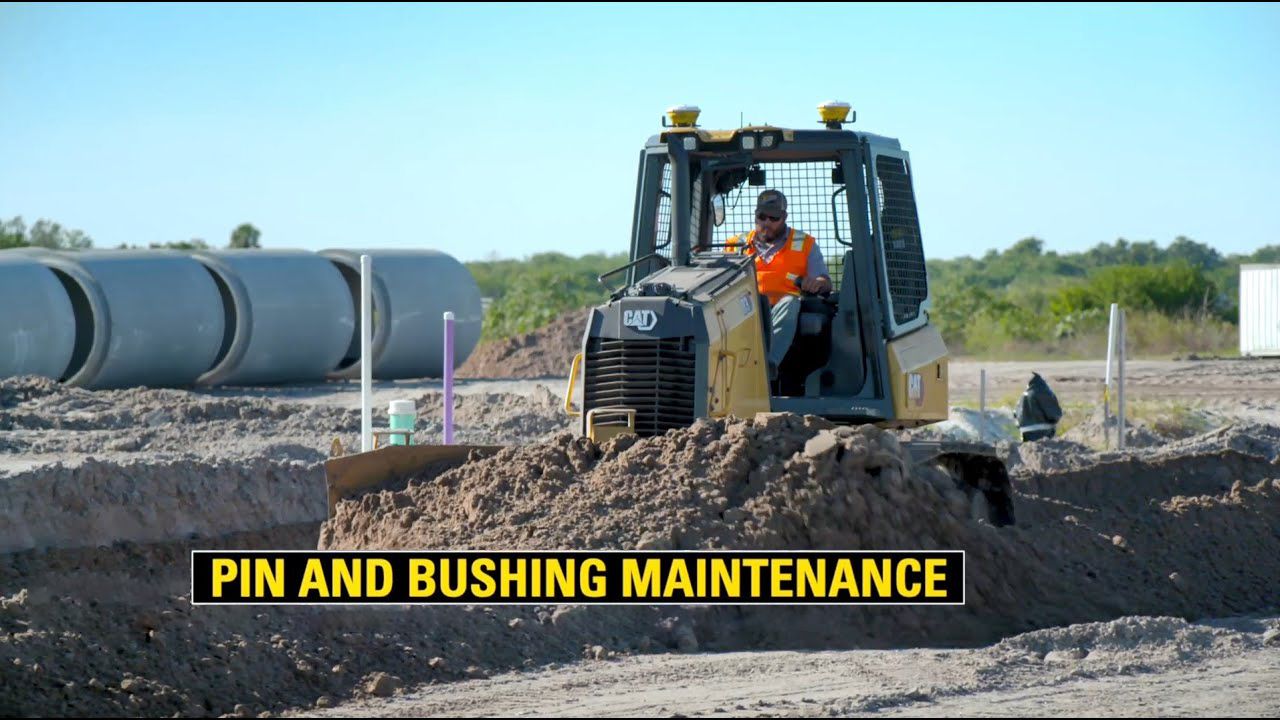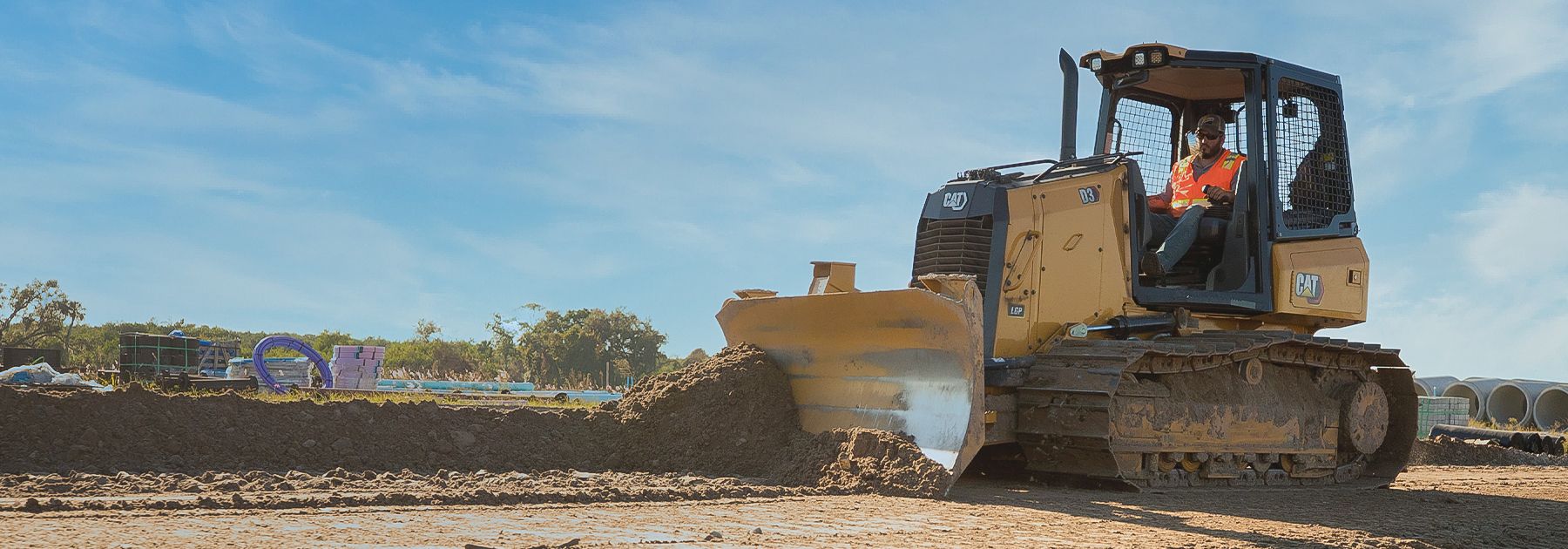

Sign In
Welcome! Sign In to personalize your Cat.com experience
If you already have an existing account with another Cat App, you can use the same account to sign in here
Register Now
One Account. All of Cat.
Your Caterpillar account is the single account you use to log in to select services and applications we offer. Shop for parts and machines online, manage your fleet, go mobile, and more.
Account Information
Site Settings
Security
Maintaining Your Dozer Track Pins and Bushings
The undercarriage is the foundation of a small dozer—essential to not only its productivity, but also to its overall ease of operation. A solid undercarriage will distribute the dozer’s weight, keeping it steady and mobile—thereby reducing pressure and minimizing risk of the machine sinking into softer soils. Dozer undercarriage life can last up to 4,000 hours—if you put in the preventive maintenance to keep it in peak condition.
Like any great machine, there are a lot of smaller components that make up the Cat® dozer undercarriage, including tracks, rollers, idlers, sprockets and the two key parts we’re talking about today: the dozer track pins and bushings. These undercarriage elements are always working and typically need a tune-up at the halfway point of 2,000 hours. If you’re wondering how to check the undercarriage on a dozer or the best methods for turning pins and bushings, here’s a quick refresher.

Monitoring Your Dozer Track Pins and Bushings
Paying attention to your small dozer’s track pins and bushings is essential, since they’re engaged directly with the root of the sprocket. The majority of wear takes place between the seven and nine o’clock orientation on the sprocket when the dozer is moving forward. Constant monitoring of the bushing is key so it doesn’t wear too far and inevitably fail.
How to Spot Wear on Dozer Track Pins and Bushings
An easy way to tell if your pins and bushings are wearing down is to check the space between parts. They should fit together snugly without wiggling or rattling. Too much space can indicate your bushing has been worn down.
There are different types of pins and bushings, but regardless of make and model, it’s important to diligently monitor them so they don’t wear too far, thus causing bigger problems and more owning and operating costs for you.
Depending on your type of dozer undercarriage, there are two different ways to maintain your track pins and bushings. Let’s dig in.
Pins and Bushings on a SALT Dozer Undercarriage
A conventional undercarriage is called a Sealed and Lubricated Track, or SALT undercarriage. It uses a pin to access its internal oil reservoir, and the small radial hole in the pin allows the enclosed oil to fill the annular space between pin and bushing.
On a SALT dozer undercarriage, the bushing is pressed into a link assembly in a fixed position so that it doesn’t turn, even when the machine is in use. This continual contact with the sprocket will gradually wear it down, and once it wears past its optimal depth of .025 mm for the pin and .04 mm for the bush, the structural integrity can weaken. It’s even possible that the component could crack, and you would start to lose lubricant. To avoid that, maintain your small dozer with a pin and bushing turn.
Turning Pins and Bushings on a Dozer
Take the track pin, press it apart and rotate the bushing 180 degrees. Once it’s rotated, press the components back together. Now, the opposite side of the pin and bushing are engaging with the sprocket, so you have a new wear surface, ready for another 2,000 hours of operation.
Pins and Bushings on an Abrasion Track Dozer Undercarriage
While SALT dozer undercarriages are the most common, there’s another type: an abrasion track. This type is most beneficial with materials like sand or abrasive soil and requires a one-piece pin and bushing. There’s one center cartridge with two collars on each side and seals in between. With this type of undercarriage, the bushing is not fixed in place; it will rotate clockwise or counterclockwise while the machine is in use, depending on the dozer’s direction.
Since this type of bushing will rotate when engaged with the sprocket, that will inevitably reduce its overall wear since new surface area is constantly being exposed.
Ensuring a Long Dozer Undercarriage Life
Every structure needs a strong foundation, and your Cat equipment is no different. Monitoring wear on your track pins and bushings and knowing the proper maintenance will support a long, productive life for your small dozer.
Connect with Us
In person or online, we're here to help you find the answers you need. Reach out to your local Cat dealer for advice close to home. Sign up for our newsletter to hear from industry experts. Or keep exploring this site for additional information.

